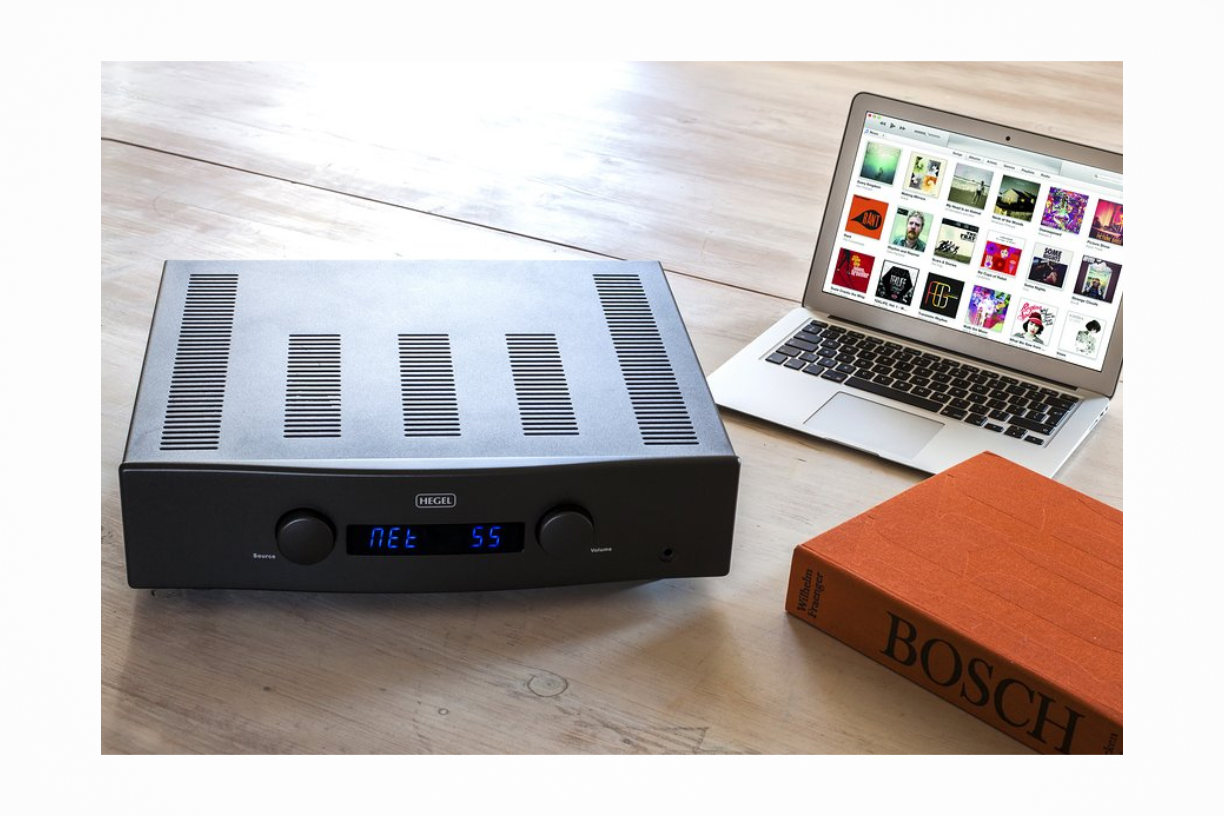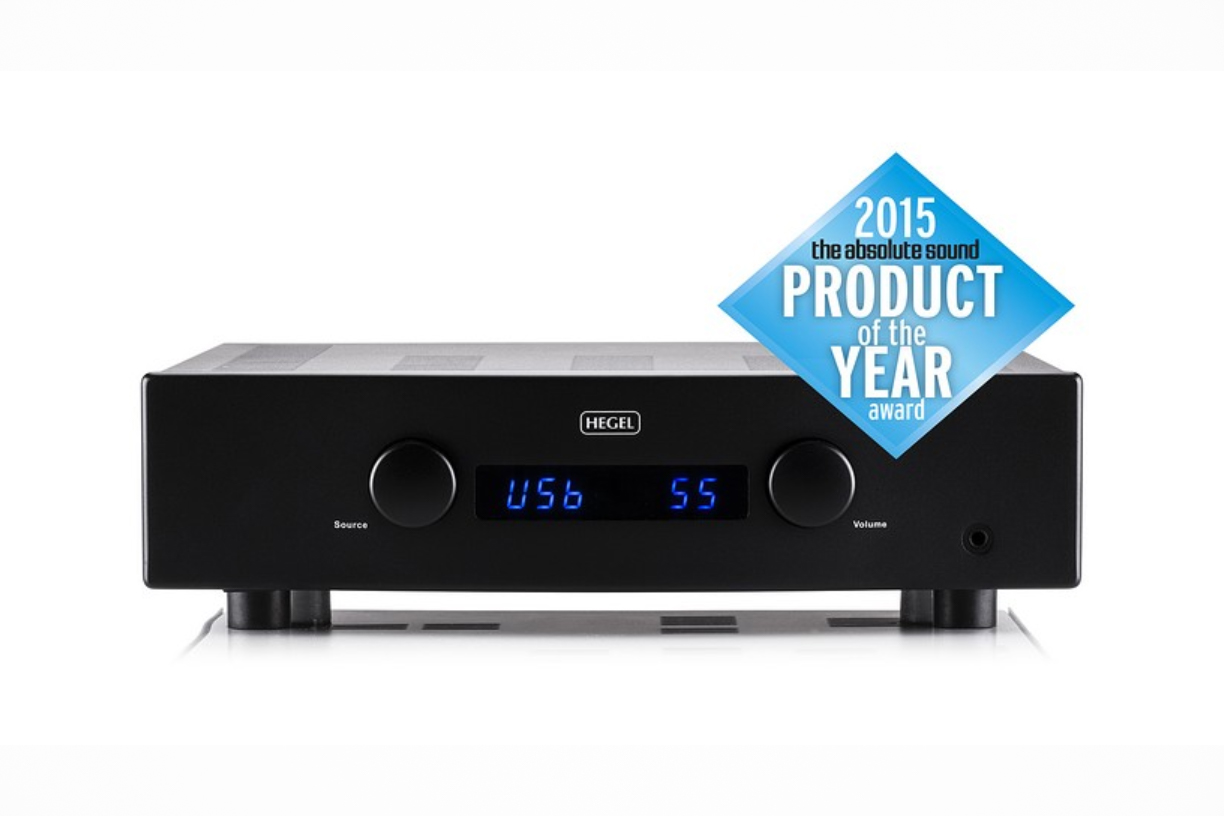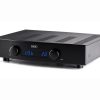Hegel H160
2999.00€
Hegel H160 stereovõimendi
HiFi Choise ülevaade
HiFi + ülevaade
Stereophile ülevaade
Toode on saadaval tellimisega
Tehnilised andmed
Power output spk: 150 w/pc into 8 Ohms, 250 w/pc into 4 Ohms
Power output hp: 270 mw/pc into 64 Ohms
Analog inputs: 1 balanced (XLR), 1 unbalanced (RCA), 1 home theatre
Analog outputs: 1 fixed line level (RCA), 1 variable line level (RCA)
Digital inputs: 1 coaxial, 3 optical, 1 USB, 1 ethernet (RJ45)
Headphone output: 6.3 mm Jack (front)
Frequency response: 5Hz-100kHz
Signal-to-noise ratio: More than 100dB
Crosstalk: Less than -100dB
Distortion: 0.005% @ 50W 8 Ohms 1kHz
Intermodulation: Less than 0.01% (19kHz + 20kHz)
Damping factor: More than 1000 (main power output stage)
Dimensions/weight: 12cm x 43cm x 41cm (HxWxD)/19kg (shipping)
Dimensions/weight: 4.7″ x 16.93″ x 16.15″ (HxBxD)/42lbs (shipping)
The H160 amplifier has one purpose, and one purpose only – to allow you to connect whatever device you want and make it sound as good as it possibly can. First of all, we designed an integrated amplifier with a broader set of connections than any other amplifier on the market, in this category. There is a wide variety of connections, varying from classic balanced and unbalanced analog connections, to Home Theatre integration and onwards to various digital inputs. You can also stream wireless music to it from devices with Apple AirPlay or DLNA. Secondly, we realized that not all the devices you choose to connect are designed to be high-end music performers. This meant we had to develop a range of unique technologies and implementations to make certain that your phone, tablet or CD-player could reach its fullest potential. The H160 incorporates technology that “repairs” some of the damaged caused by a low quality source.
Finally, we integrated the new with the classic, and included our award-winning and worldwide patent holding amplifier technology, the SoundEngine. This amplifier design completely turns ordinary amplifier designs upside down. The result is a purer and smoother sound with low distortion, as well as ultra dynamic bass due to a high damping factor. And yes, you can also use your headphones, and it uses up to 60% less power than an ordinary amplifier. So, what are you standing there thinking about?
Seotud tooted
Hegel Music Systems









